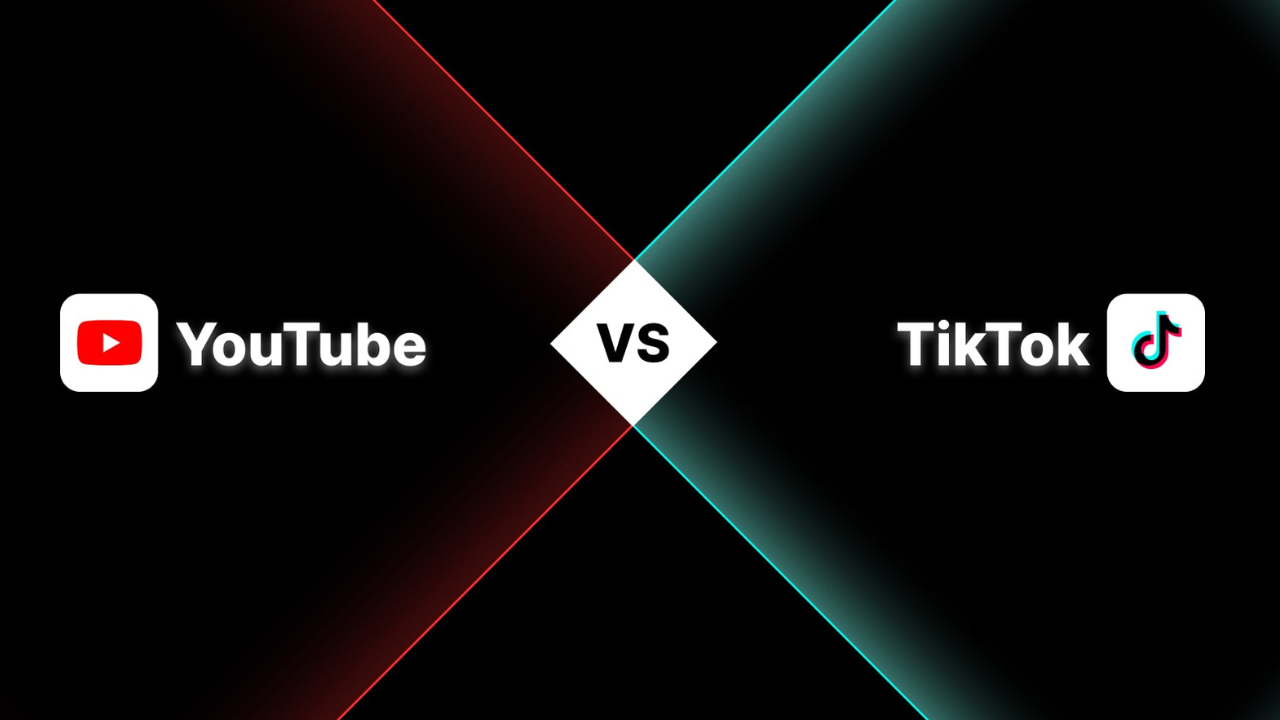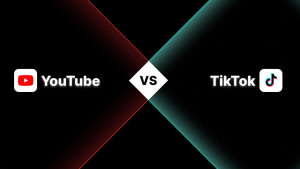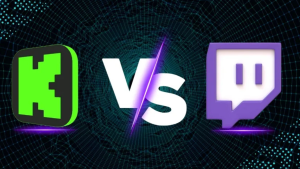YouTube vs. TikTok Shorts: Which Platform Pays More in 2025?
Short-form video is now the most powerful content format on the internet. From casual dances to deep-dive storytelling, creators are flooding platforms with vertical videos—and two giants are leading the charge: YouTube Shorts and TikTok.
In 2025, creators are no longer just chasing views. They’re chasing sustainability. Which platform actually puts more money in the pockets of its creators? The answer is more complex than it appears.
Let’s take a closer look at how both platforms pay creators in 2025, how monetization has evolved, and which one is more rewarding for content makers looking to turn their creativity into income.
The Rise of Short-Form Monetization
A few years ago, short-form content was mostly about reach and virality. Monetization was limited, vague, or inconsistent. But now, both YouTube and TikTok have introduced more structured systems to pay their creators—especially as competition for attention intensifies.
While TikTok helped make vertical video a cultural phenomenon, YouTube has aggressively stepped up to attract short-form creators, using its well-established infrastructure and deeper ad networks.
Here’s how each platform pays today.
YouTube Shorts in 2025: The Monetization Model
YouTube made waves in early 2023 when it officially rolled out its YouTube Shorts revenue-sharing program. In 2025, that system has expanded and evolved significantly.
How YouTube Shorts Pays Creators
- Ad Revenue Split: YouTube splits revenue earned from ads that play between Shorts. As of now, creators receive around 45 percent of the ad revenue pool. This applies after music licensing fees are deducted.
- Performance-Based Earnings: Payouts are based on watch time, engagement, and how your Shorts stack up globally in terms of views. This makes viral creators potential high earners.
- Bonus Incentives: YouTube offers performance bonuses to creators who reach specific benchmarks for watch hours and engagement. These are separate from standard ad revenue.
- Super Thanks and Tipping: Fans can support Shorts creators directly through features like Super Thanks, even on short videos.
- Channel Monetization Benefits: If you’re part of the YouTube Partner Program, your long-form content, community posts, and Shorts can all contribute to your income.
Realistic Earnings in 2025
An average Shorts creator can expect to earn between $0.02 and $0.06 per 1,000 views from ad revenue. That may seem low, but YouTube’s sheer reach and its stable RPM (revenue per mille) give creators better long-term earnings potential—especially when compared to the inconsistent payouts of TikTok.
For creators hitting tens of millions of views monthly, this can translate to several thousand dollars from Shorts alone.
TikTok Shorts in 2025: Creator Rewards and Limitations
TikTok made vertical video go viral, but its monetization system has always faced criticism for being inconsistent. In response, TikTok launched its revamped Creativity Program and new ad-sharing features to keep creators on board.
How TikTok Pays Creators Now
- Creativity Program Beta: TikTok’s new model pays creators for original videos longer than one minute. While not directly targeted at classic Shorts (which are often under 60 seconds), the model still impacts creators who make short vertical content in a series or episodic format.
- Pulse Program: TikTok shares revenue with creators when their videos appear next to high-performing ads. This requires creators to be in the top tier of engagement and content quality.
- TikTok Creator Marketplace: Brands pay creators directly for sponsored content, which often becomes a primary source of income rather than relying on the platform itself.
- Gifts and Coins: Livestreaming still allows fans to send digital gifts that convert into real money, but this feature is more relevant for live sessions than short videos.
- Series Feature: Creators can post a collection of exclusive videos behind a paywall, allowing subscribers to pay for access to premium content.
Realistic Earnings in 2025
The average creator on TikTok still struggles with CPMs that range between $0.003 to $0.01 per 1,000 views for the general fund. Even with the Pulse and Creativity Program, payouts heavily depend on region, niche, and viewer interaction.
In short, TikTok pays well for a few, but inconsistently for most.
Side-by-Side Breakdown
| Feature | YouTube Shorts | TikTok Shorts |
| Revenue Model | Ad revenue sharing | Creator fund + ad shares |
| Payout Transparency | Clearer and scalable | Often inconsistent |
| RPM (Revenue per 1000 views) | $0.02 – $0.06 | $0.003 – $0.01 |
| Bonus Programs | Yes | Limited |
| Creator Tools | Robust editing, analytics | Viral tools, filters |
| Tipping and Fan Support | Super Thanks, Memberships | Gifts, Coins, Series |
| Brand Deals Infrastructure | YouTube BrandConnect | Creator Marketplace |
| Global Creator Support | Extensive | Improving but limited |
What Creators Are Saying in 2025
Many creators who initially focused on TikTok have started shifting their energy toward YouTube Shorts for one simple reason—it pays better. Several mid-tier creators (those with 100K to 500K followers) have reported doubling their income after migrating more of their content to YouTube.
One lifestyle creator said their monthly revenue from Shorts jumped from under $200 on TikTok to over $1,200 on YouTube, with similar levels of engagement. The longer shelf life of Shorts on YouTube—thanks to Search and the algorithm—is also cited as a key benefit.
That said, TikTok remains unmatched in trend-making and cultural visibility. Many creators use TikTok to go viral and then direct traffic to YouTube for monetization.
So, Which Platform Pays More?
If your goal is steady income from views alone, YouTube Shorts wins in 2025. It offers higher revenue per view, better support systems, and more predictable income models for creators of all sizes.
TikTok still offers visibility, brand-building, and occasional viral hits, but it hasn’t nailed down consistent creator compensation for shorter content under one minute. That’s a problem for creators trying to treat content creation like a full-time business.
In short:
- For creators chasing reach: TikTok still leads in cultural momentum.
- For creators chasing revenue: YouTube Shorts provides more stable, scalable income.
Final Thoughts
The short-form content war is about more than views. It’s about which platform respects creators’ time and output with real compensation. In 2025, YouTube’s structured monetization, even for under-a-minute clips, makes it the more lucrative choice.
Still, the smartest creators use both platforms strategically—gaining viral traction on TikTok and turning that momentum into cash on YouTube.
As the platforms evolve, one thing is clear: short-form video isn’t a trend. It’s the future of storytelling, branding, and earning. The only question is—where will you upload next?











Post Comment